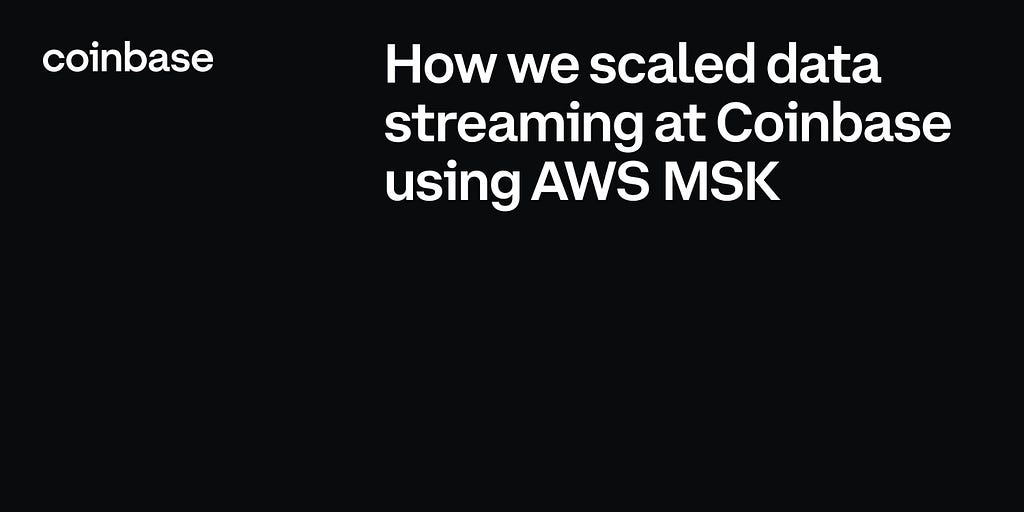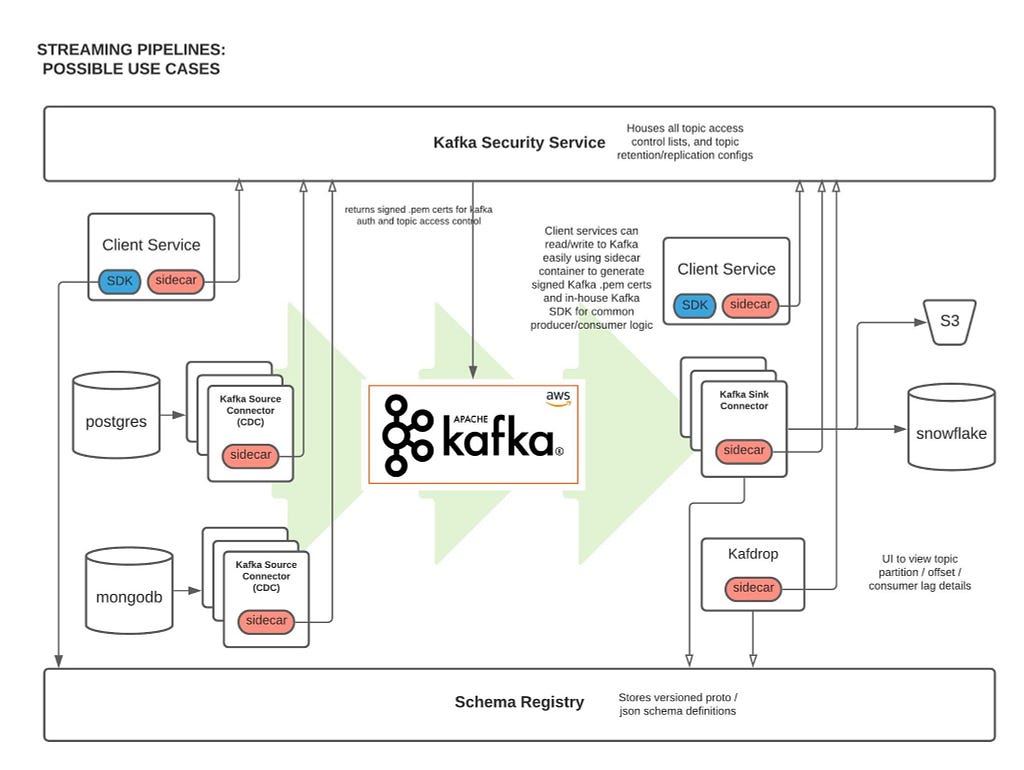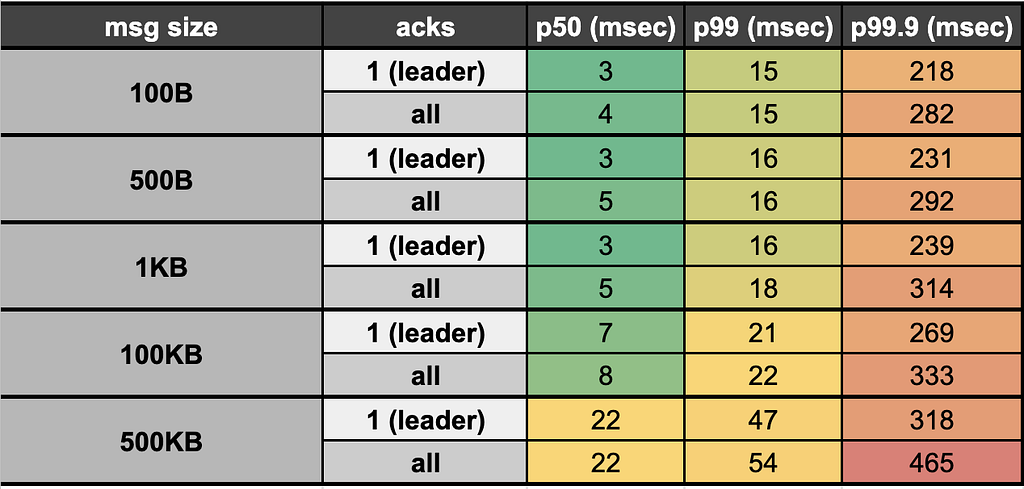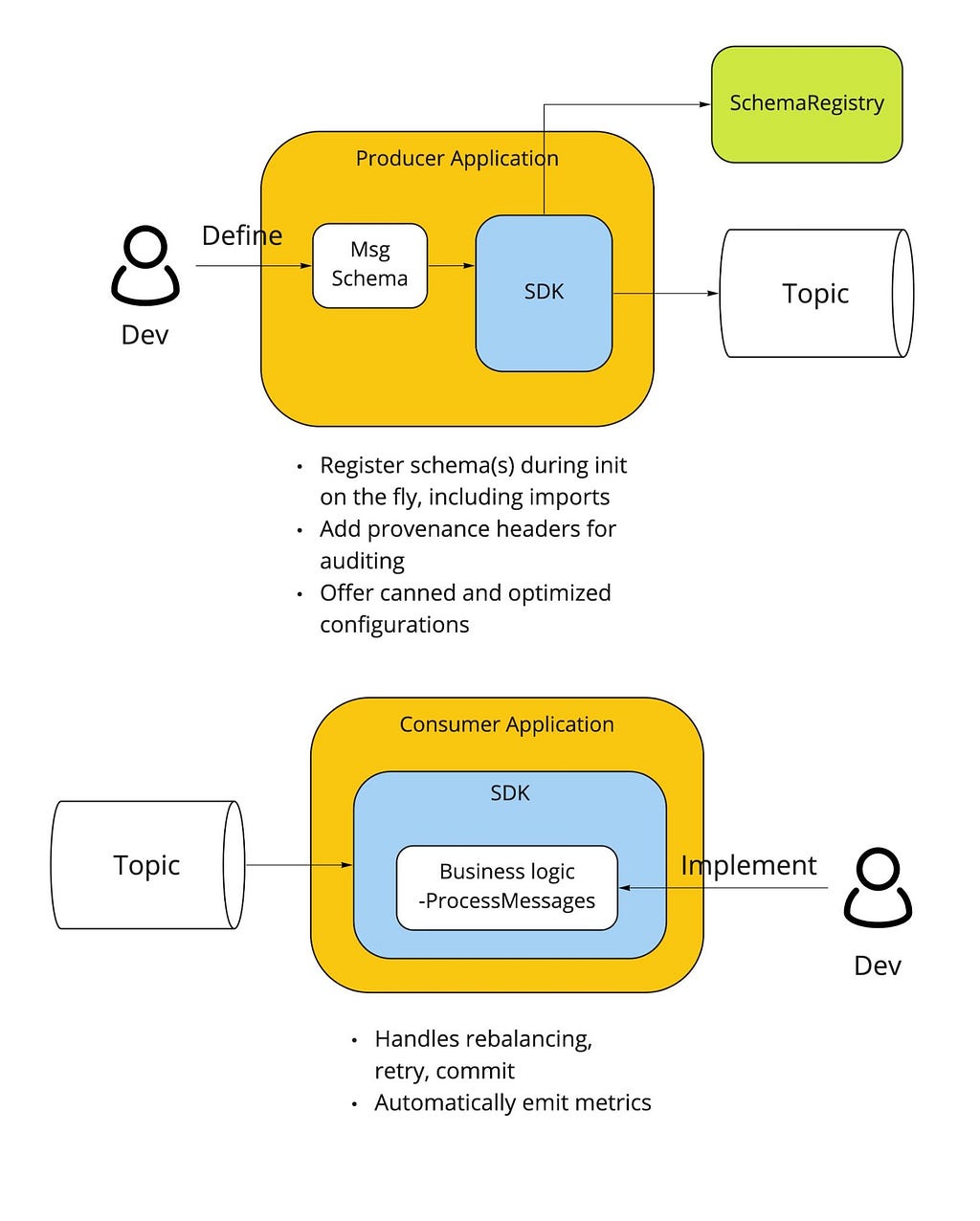 According to a message from Paxful Founder and CEO, Ray Youssef, the peer-to-peer bitcoin trading platform is suspending its marketplace, and the company is uncertain if it will return. Youssef cited challenges such as regulations and some key staff departures, but he also noted that he could not share the full story at this time. […]
According to a message from Paxful Founder and CEO, Ray Youssef, the peer-to-peer bitcoin trading platform is suspending its marketplace, and the company is uncertain if it will return. Youssef cited challenges such as regulations and some key staff departures, but he also noted that he could not share the full story at this time. […]
Members of Crypto Twitter were quick to mock Tucker Carlson, who provided no supporting evidence to back his claims.
Controversial Fox news television host Tucker Carlson has proposed a curious conspiracy theory that seeks to link airline delays in the United States and Canada with a surge in the Bitcoin price.
He suggested the computer outage behind the widespread delays may have been caused by ransomware and theorized the US Government may have bought a large amount of Bitcoin to pay the ransom.
However he did not provide any evidence for his claims.
Speaking on his “Tucker Carlson Tonight” segment of Fox News on Jan. 17, Carlson argued that the Bitcoin (BTC) price increased 20%+ soon after the U.S. Federal Aviation Administration (FAA) confirmed the disruption on Jan. 11:
“Almost all ransoms like this are paid in Bitcoin. So if the US government was buying huge amounts of Bitcoin in order to pay a ransom, Bitcoin prices would surge, of course. So the question is has that happened? Well yes, it has happened.”
“Since the nationwide ground stop last Thursday the price of Bitcoin has shot up about 20%. Is that a coincidence?” he added.
While Tucker’s fanbase online appears to believe the theory is plausible, it was less well received by the crypto community. Nick Almond, the founder of FactoryDAO described Tucker’s wild theory as “maximum tin foil” to his 13,500 Twitter followers:
Maximum tin foil https://t.co/sUYHV0nQOE
— drnick ️² (@DrNickA) January 17, 2023
Almond replied to supporters of the theory that he doubted very highly that the U.S. government would buy billions in Bitcoin on the open market to pay for the ransoms.
Blockstream CEO and cypherpunk Adam Back also mocked Carlson to his 506,000 Twitter followers in stating that the two events were exactly what Carlson described them to be — a coincidence:
"is that a coincidence?", yes, it is a coincidence. lols.
— Adam Back (@adam3us) January 17, 2023
Other arguments made against the theory on Crypto Twitter included that the US government already has a large amount of confiscated Bitcoin, that it would buy it OTC if it did buy it, and as Bitcoin is traceable and transparent, large ransoms are more likely to be paid in Monero.
Stack Hodler pointed out to his 30,000 followers that the recovery of $5B in assets by FTX was a more likely explanation for the recovery in crypto markets:
Morning of Jan 11: All flights grounded in US due to a "critical tech outage"
— Stack Hodler (@stackhodler) January 17, 2023
Afternoon of Jan 11: FTX says it has recovered more than $5 Billion worth of cash
Tucker Carlson: Did the US government buy Bitcoin for a ransom?
Can you imagine... https://t.co/Bng9VfxHHU pic.twitter.com/VzwbSdt3s9
More than 1,300 flights were cancelled with an additional 10,000 flights being delayed in the first two days of the disruption.
Related: Ripple CTO shuts down ChatGPT’s XRP conspiracy theory
The FAA stated on Jan. 11 that the disruption was caused by a “damaged database file” in its Notice to Air Mission (NOTAM) system, which they said was not wasn’t inflicted by a cyber attack.
The issue has reportedly been fixed and most flights have since resumed normal operations.
 A hospital in Romania has been targeted in a ransomware attack with the perpetrators seeking payment in cryptocurrency to decrypt its database. The hack prevents the medical institution from reporting to the country’s health insurance fund in order to receive due funding. Botoşani Hospital Blackmailed for Bitcoin, Romanian Media Reports The Saint Gheorghe Recovery Hospital […]
A hospital in Romania has been targeted in a ransomware attack with the perpetrators seeking payment in cryptocurrency to decrypt its database. The hack prevents the medical institution from reporting to the country’s health insurance fund in order to receive due funding. Botoşani Hospital Blackmailed for Bitcoin, Romanian Media Reports The Saint Gheorghe Recovery Hospital […] Hacktivist collective Anonymous has allegedly breached the systems of one of the largest financial institutions in Russia, Sberbank. The attackers announced on social media they have published thousands of emails, phone numbers, and addresses. Anonymous Hackers Reportedly Gain Access to Sberbank Database Decentralized hacking group Anonymous claims to have hacked Sberbank. A Twitter account associated […]
Hacktivist collective Anonymous has allegedly breached the systems of one of the largest financial institutions in Russia, Sberbank. The attackers announced on social media they have published thousands of emails, phone numbers, and addresses. Anonymous Hackers Reportedly Gain Access to Sberbank Database Decentralized hacking group Anonymous claims to have hacked Sberbank. A Twitter account associated […]
By: Dan Moore, Eric Sun, LV Lu, Xinyu Liu
Tl;dr: Coinbase is leveraging AWS’ Managed Streaming for Kafka (MSK) for ultra low latency, seamless service-to-service communication, data ETLs, and database Change Data Capture (CDC). Engineers from our Data Platform team will further present this work at AWS’ November 2021 Re:Invent conference.
At Coinbase, we ingest billions of events daily from user, application, and crypto sources across our products. Clickstream data is collected via web and mobile clients and ingested into Kafka using a home-grown Ruby and Golang SDK. In addition, Change Data Capture (CDC) streams from a variety of databases are powered via Kafka Connect. One major consumer of these Kafka messages is our data ETL pipeline, which transmits data to our data warehouse (Snowflake) for further analysis by our Data Science and Data Analyst teams. Moreover, internal services across the company (like our Prime Brokerage and real time Inventory Drift products) rely on our Kafka cluster for running mission-critical, low-latency (sub 10 msec) applications.
With AWS-managed Kafka (MSK), our team has mitigated the day-to-day Kafka operational overhead of broker maintenance and recovery, allowing us to concentrate our engineering time on core business demands. We have found scaling up/out Kafka clusters and upgrading brokers to the latest Kafka version simple and safe with MSK. This post outlines our core architecture and the complete tooling ecosystem we’ve developed around MSK.

Since MSK is AWS managed, one of the biggest benefits is that we’re able to avoid having internal engineers actively maintain ZooKeeper / broker nodes. This has saved us 100+ hours of engineering work as AWS handles all broker security patch updates, node recovery, and Kafka version upgrades in a seamless manner. All broker updates are done in a rolling fashion (one broker node is updated at a time), so no user read/write operations are impacted.
Moreover, MSK offers flexible networking configurations. Our cluster has tight security group ingress rules around which services can communicate directly with ZooKeeper or MSK broker node ports. Integration with Terraform allows for seamless broker addition, disk space increases, configuration updates to our cluster without any downtime.
Finally, AWS has offered excellent MSK Enterprise support, meeting with us on several occasions to answer thorny networking and cluster auth questions.
We reduced our end-to-end (e2e) latency (time taken to produce, store, and consume an event) by ~95% when switching from Kinesis (~200 msec e2e latency) to Kafka (<10msec e2e latency). Our Kafka stack’s p50 e2e latency for payloads up to 100KB averages <10 msec (in-line with LinkedIn as a benchmark, the company originally behind Kafka). This opens doors for ultra low latency applications like our Prime Brokerage service. Full latency breakdown from stress tests on our prod cluster, by payload size, presented below:

Our Kafka Security Service (KSS) houses all topic Access Control Lists (ACLs). On deploy, it automatically syncs all topic read/write ACL changes with MSK’s ZooKeeper nodes; effectively, this is how we’re able to control read/write access to individual Kafka topics at the service level.
KSS also signs Certificate Signing Requests (CSRs) using the AWS ACM API. To do this, we leverage our internal Service-to-Service authentication (S2S) framework, which gives us a trustworthy service_id from the client; We then use that service_id and add it as the Distinguished Name in the signed certificate we return to the user.
With a signed certificate, having the Distinguished Name matching one’s service_id, MSK can easily detect via TLS auth whether a given service should be allowed to read/write from a particular topic. If the service is not allowed (according to our acl.yml file and ACLs set in ZooKeeper) to perform a given action, an error will occur on the client side and no Kafka read/write operations will occur.
Parallel to KSS, we built a custom Kafka sidecar Docker container that: 1) Plugs simply into one’s existing docker-compose file 2) Auto-generates CSRs on bootup and calls KSS to get signed certs, and 3) Stores credentials in a Docker shared volume on user’s service, which can be used when instantiating a Kafka producer / consumer client so TLS auth can occur.
We’ve extended our core Kafka cluster with the following powerful tools:
This is a distributed cluster of EC2 nodes (AWS autoscaling group) that performs Change Data Capture (CDC) on a variety of database systems. Currently, we’re leveraging the MongoDB, Snowflake, S3, and Postgres source/sink connectors. Many other connectors are available open-source through Confluent here
We’re leveraging the open-source Kafdrop product for first-class topic/partition offset monitoring and inspecting user consumer lags: source code here
This is another open-source project, which provides automatic partition rebalancing to keep our cluster load / disk space even across all broker nodes: source code here
We use Confluent’s open-source Schema Registry to store versioned proto definitions (widely used along Coinbase gRPC): source code here
Critical to our streaming stack is a custom Golang Kafka SDK developed internally, based on the segmentio/kafka release. The internal SDK is integrated with our Schema Registry so that proto definitions are automatically registered / updated on producer writes. Moreover, the SDK gives users the following benefits out of the box:

Beyond Kafka, we may still need to make use of other streaming solutions, including Kinesis, SNS, and SQS. We introduced a unified Streaming-SDK to address the following requirements:
On the horizon is integration with our Delta Lake which will fuel more performant, timely data ETLs for our data analyst and data science teams. Beyond that, we have the capacity to 3x the number of broker nodes in our prod cluster (30 -> 90 nodes) as internal demand increases — that is a soft limit which can be increased via an AWS support ticket.
Overall, we’ve been quite pleased with AWS MSK. The automatic broker recovery during security patches, maintenance, and Kafka version upgrades along with the advanced broker / topic level monitoring metrics around disk space usage / broker CPU, have saved us hundreds of hours provisioning and maintaining broker and ZooKeeper nodes on our own. Integration with Terraform has made initial cluster configuration, deployment, and configuration updates relatively painless (use 3AZs for your cluster to make it more resilient and prevent impact from a full-AZ outage).
Performance has exceeded expectations, with sub 10msec latencies opening doors for ultra high-speed applications. Uptime of the cluster has been sound, surpassing the 99.9% SLA given by AWS. Moreover, when any security patches take place, it’s always done in a rolling broker fashion, so no read/write operations are impacted (set default topic replication factor to 3, so that min in-sync replicas is 2 even with node failure).
We’ve found building on top of MSK highly extensible having integrated Kafka Connect, Confluent Schema Registry, Kafdrop, Cruise Control, and more without issue. Ultimately, MSK has been beneficial for both our engineers maintaining the system (less overhead maintaining nodes) and unlocking our internal users and services with the power of ultra-low latency data streaming.
If you’re excited about designing and building highly-scalable data platform systems or working with cutting-edge blockchain data sets (data science, data analytics, ML), come join us on our mission building the world’s open financial system: careers page.
How we scaled data streaming at Coinbase using AWS MSK was originally published in The Coinbase Blog on Medium, where people are continuing the conversation by highlighting and responding to this story.